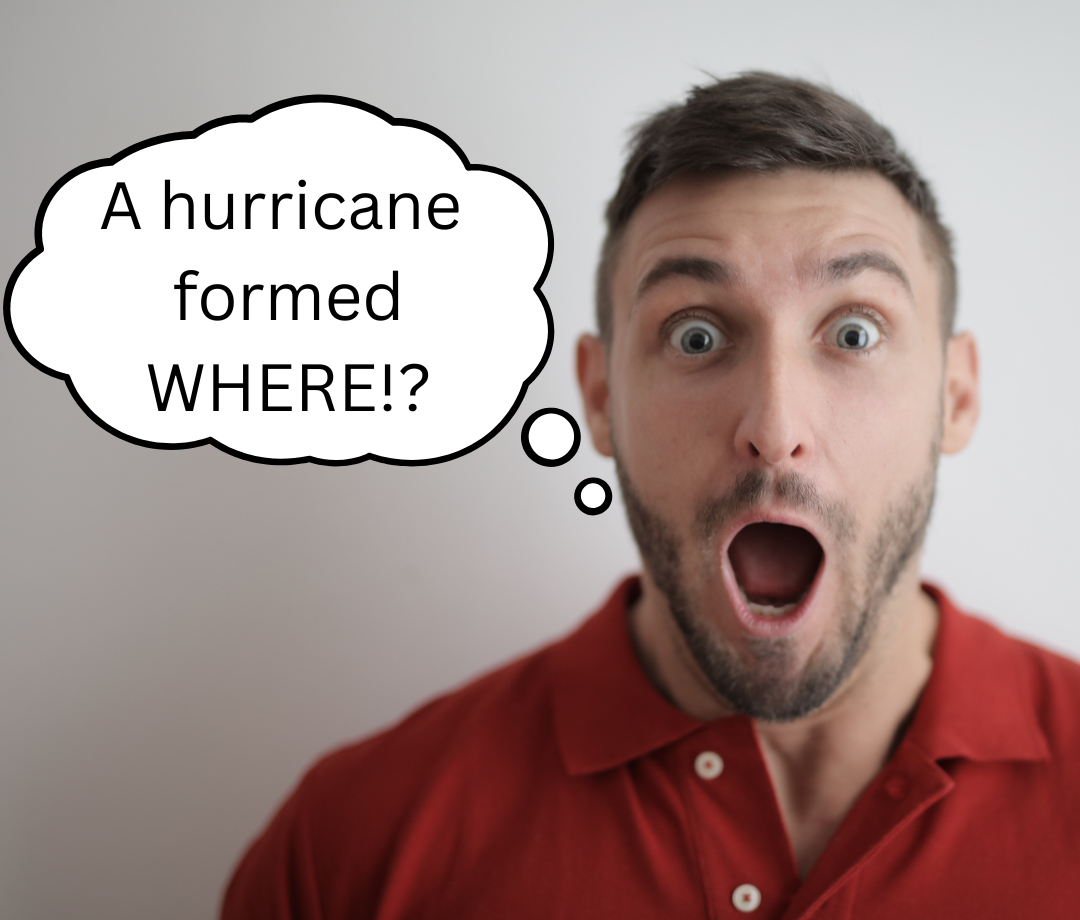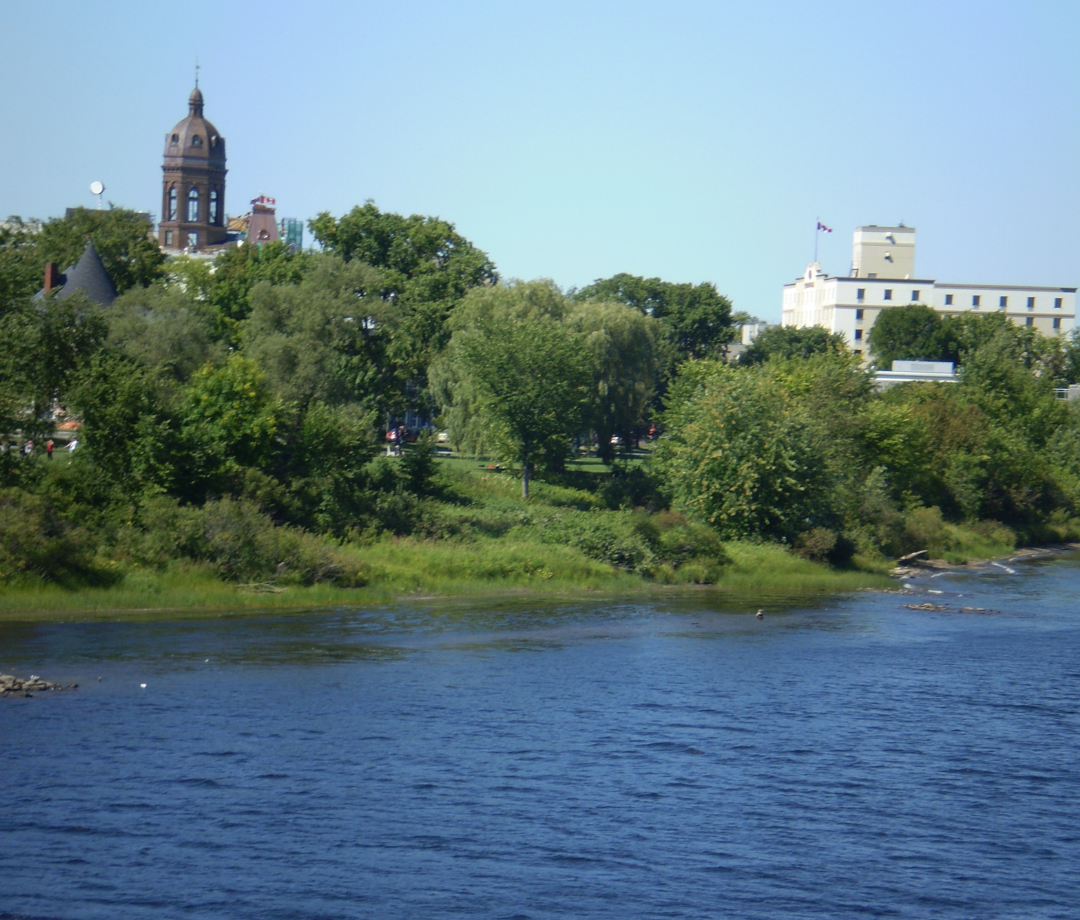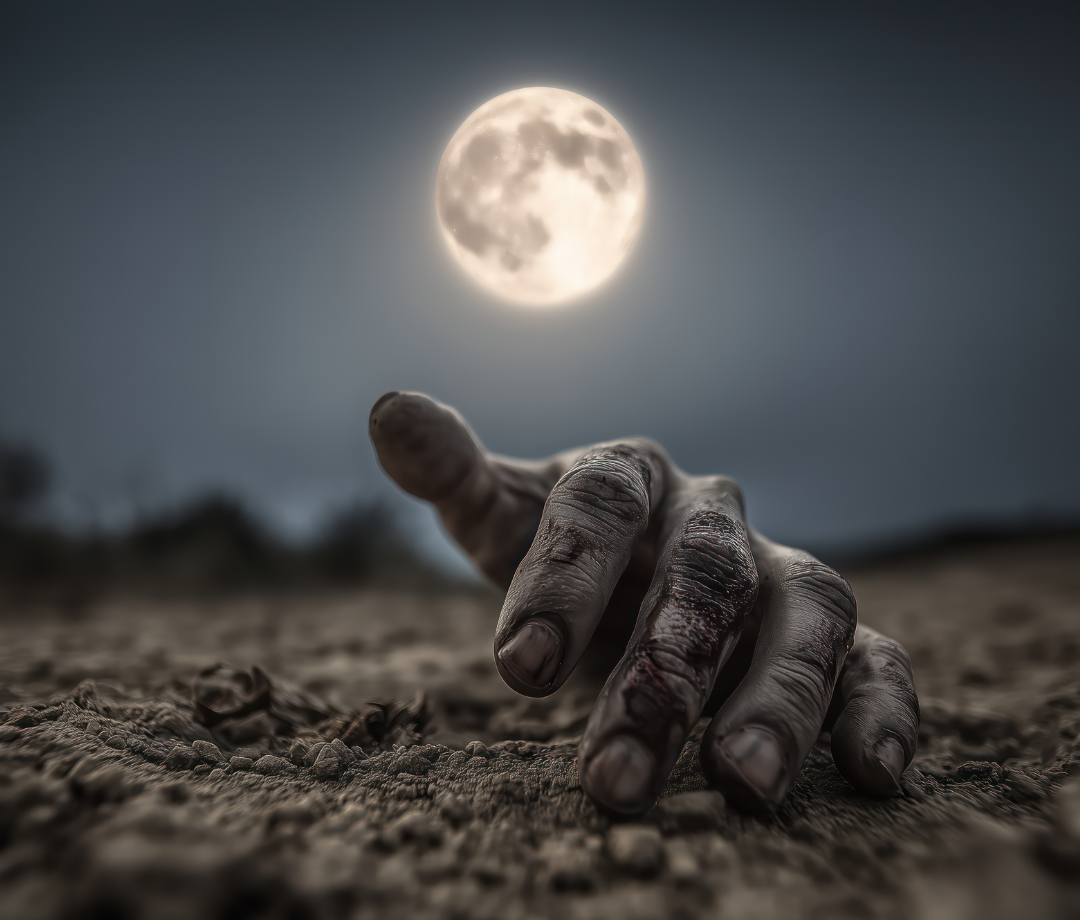What Is A Hurricane?
A hurricane is the most powerful type of storm in the world. Also called a typhoon or cyclone in other areas of the world, a hurricane is known for having high-speed winds, heavy rain and lightning. It can be described as being the ultimate thunderstorm, except with winds often nearly or as strong as a tornado, with rain to match, and much larger. A hurricane is often around 500 km (311 miles) wide, although they can be both much bigger and much smaller. At the time this article was written, the largest hurricane ever was Typhoon Tip, which hit Japan, and was over 2000 km (1243 miles) wide. The minimum wind speed of a hurricane is 119 km/h (74 mph), and its strength can be measured using the Saffir Simpson Scale.
How Does A Hurricane Form?
A hurricane forms in tropical waters, where water is at least 27 °C (80°F). Warm ocean water begins to evaporate, forming cumulonimbus clouds, also known as “storm clouds” or “thunder clouds”. These clouds cause heavy rains, and winds increase in strength and spin in a circle. As a storm’s winds get more powerful, it upgrades in status, turning into a tropical depression, tropical storm, and then eventually a hurricane. As a hurricane continues in warm water, it will generally become more powerful. However, once it leaves tropical waters, usually by either turning away from the equator and into cooler waters, or by hitting land. As it gets drier and cooler, it starts to weaken. However, it can still be very dangerous while on land.
What Are The Dangers Of A Hurricane?
Most of the dangers from a hurricane are from the powerful winds and large amounts of rain, causing floods. The majority of deaths from hurricanes come from the storm surges, causing flooding and drowning people. This is also where a large amount of the damage to property comes from. Although the winds also pose a significant threat to people and property, they damage electrical services and cause harm to roofs and other areas too high to be directly impacted by the flooding. A powerful enough hurricane can destroy entire homes. Places most susceptible to hurricanes are coastal areas, with low-lying places especially at risk. Although being inland and north both lower the risk of being hit, a powerful enough hurricane can survive on land for several days, even as it travels north.
How Common Are Hurricanes In Canada?
Historically, hurricanes rarely hit Canada, although they are beginning to hit the country more often, with storms only hitting once every few years before 1900, although this did include the deadliest hurricane in Canadian history, the 1775 Newfoundland Hurricane. This continued into the 20th century, and most hurricanes were low-powered and hit the East Coast. However, there were exceptions, such as Hurricane Hazel, which hit Toronto still at hurricane strength in 1954. Due to global warming creating warmer waters, allowing hurricanes to become more powerful and more frequent, more storms maintain hurricane strength long enough to make landfall in Canada recently, including Fiona, Igor and Dorian among others.
Where And When Are Hurricanes Most Common In Canada?
Atlantic Canada is the place in Canada most susceptible to hurricanes, with Nova Scotia and Newfoundland and Labrador being the most commonly hit places in the country, with Prince Edward Island and New Brunswick. Quebec and Ontario have also been hit by a handful of storms, but are both hit less frequently than the Atlantic Provinces. At the moment, hurricane remnants will reliably hit Canada every year, with a true hurricane (category 1 or higher) making landfall a few times per decade. Most hurricanes occur in late summer or early fall.
How Will I Know A Hurricane Is Coming?
If you pay attention to the news, you will likely have plenty of heads up that a hurricane is coming. A storm powerful enough to hit Canada will likely be reported on by the media while still in tropical water, as it heads towards the American mainland. If the storm lasts long enough to get within striking distance of Canada, it will increase in coverage from Canadian news sources. If a hurricane is likely to hit your area within 48 hours, you will likely hear about a hurricane watch in your area, and likely be either advised or told to evacuate. If a hit is imminent, the hurricane watch will be upgraded to a hurricane warning.
What Can I Do To Prepare For A Hurricane?
Although you can’t stop a hurricane from hitting the area where you live, there are steps you can take to prepare yourself for the instances when something happens.
Evacuation plans. Unless you’re one of the few people to have some type of underground shelter (not a basement, something like a storm cellar) your best bet to save you and your family’s lives is to evacuate somewhere that the hurricane won’t hit. It’s best to know a few places that you can go to outside of town and stay for a couple of days, maybe longer if the city shuts down. If you’re not well off enough to have a cottage or other secondary home, a family or friend’s place where you can crash for a while is your best bet. Ensure that you know how to get to the location, so that you can leave early in the evacuation, and are less likely to get stuck in traffic.
If you can not evacuate and don’t have a storm cellar, then a basement is likely your next best bet, unless it is prone to flooding. Avoid being near windows and doors. If you don’t have a basement, or your building doesn’t have a ground floor, or you are unable to be in it, be in an enclosed room. A closet is your safest bet.
It’s also best to have an emergency kit. If you are unable to evacuate, then having a home emergency kit is definitely in your best interest, and if you do evacuate, ensure that you bring your car emergency kit, containing many of the same items. Some things that should be in your emergency kit to help you prepare for a hurricane include:
Batteries and battery-powered devices, such as flashlights and radios.
Non-perishable goods, especially those that don’t need to be warmed up, as you might be without power for a few days, or even weeks.
A generator and the gas to power it.
Blankets and spare clothes.
Several days’ worth of water in case the power goes out.
Toiletries.
Spare cash so you can still make purchases if the power goes out in your city.
A fire extinguisher.
Matches.
A first aid kit and any personal medical supplies and medicine needed for individuals.
Books, board and card games, and other forms of entertainment, so you can pass the time if power goes out.
A cell phone charger.
A whistle.
Something else you should do is prepare yourself with knowledge of what is to come. For example, you should know that if you are caught in the eye of the hurricane, you might seem safe, but you will not be. The eye of a hurricane is the apparently calm centre of the storm, and sometimes someone under the impact of the eye will leave shelter and will be exposed to the storm when the second half of it arrives. Be sure that the storm is over before leaving, and that you are not just in a temporary time of peace due to the eye.
Be aware of any place you can head afterward. Keep in touch with any friends or family who might need extra help, or who might be able to help you. Ensure you can contact these people even if the power goes out.
There are also many things you can do to minimize damage to your property. Many of these things include the following:
Move valuable, electronic, and fragile objects away from doors and windows to keep them safe.
Minimize outside dangers. This includes tying down objects that can easily be blown away or moving them inside if possible. Trimming the branches of any trees on your property will help prevent said branches from being dislodged and turned into lethal projectiles.
Boarding up windows can provide an additional level of defence.
Remove any debris or junk from any type of drainage system, like sewers, on or near your property. This lowers the risk of flooding.
Learning CPR and First Aid can help you save the life of a family member.



